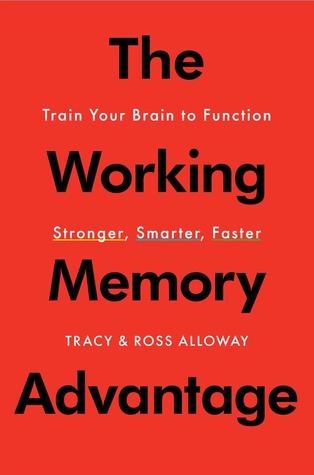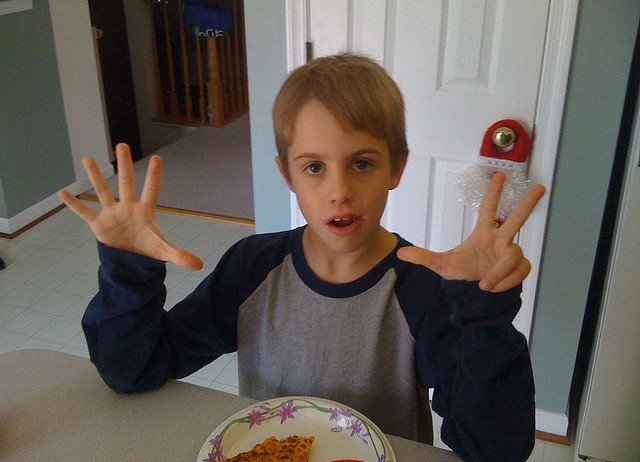 Here’s something to think about: Working memory skills are a better predictor of academic performance than IQ scores.
Here’s something to think about: Working memory skills are a better predictor of academic performance than IQ scores.
Many kids who struggle to calculate math problems in their heads also demonstrate working memory deficits. If your child has trouble with multi-step directions and math word problems, that doesn’t mean she’s not as smart as her peers — it just means you might want to help her improve her working memory skills.
Tracy and Ross Alloway, in their book, The Working Memory Advantage, present evidence that good working memory skills can make people happy and more adaptive, improve sports performance, and increase optimism. They emphasize the importance of working memory for academic success and suggest some simple strategies to improve working memory skills that can enhance your child’s achievement in math. If you want to help your kid improve working memory skills for math, the Alloways have a host of great suggestions.
Here are some of my favorites from the The Working Memory Advantage:
Know your steps. Learn to do math systematically, in a step by step fashion. Keeping numerical knowledge in the correct order while solving math problems can reduce the demands on working memory capacities. This might mean keeping a cheat sheet at first — there is nothing wrong with that!
Run! (Not away from math!) Try to run every day. Numerous studies indicate that running is good for working memory as it activates the prefrontal cortex. These working memory benefits increase when kids can run barefoot — in the yard or the school gymnasium, of course.
Break the code. There are a series of memory strategies and step-by-step procedures to apply to mathematical tasks that reduce the need to rely upon working memory capacities. If you can memorize these algorithms, many math problems become simpler.
Drink your milk! Make sure your kiddos have at least one glass of milk per day to improve working memory. While the data it is yet unclear, it does appear that low-fat milk may actually be better than whole milk for working memory.
[cjphs_content_placeholder id=”73534″ random=”no” ]
Work from left to right. One simple strategy that helps keep information in working memory is to do math problems starting from the left and move to the right. For example, for multiplication with two digits by two digits, multiply the leftmost digit, calculate the sum, keep that in mind, and then proceed to multiply the rightmost digits. Doing multiplication with this consistent strategy can reduce the need to rely upon working memory resources if your child is able to keep in mind the sums from each operation as she adds them up.
All of these strategies require some degree of mathematical skills and knowledge. The more fluent a student is with basic mathematical facts, the fewer working memory resources they will need to apply to math calculations. This frees up the opportunity to leave more mental space for working memory skills. By using these strategies, math might not get simpler, but it can certainly become easier.
For more strategies to improve working memory skills for math, see our list of 5 More Ways to Improve Math and Working Memory.





Some interesting theories and yes I do try to run everyday